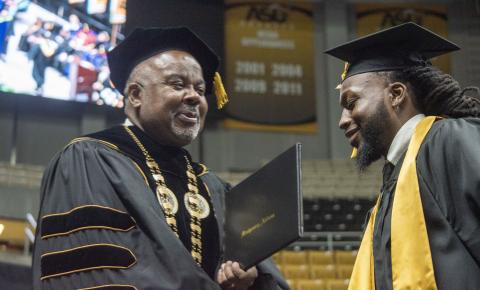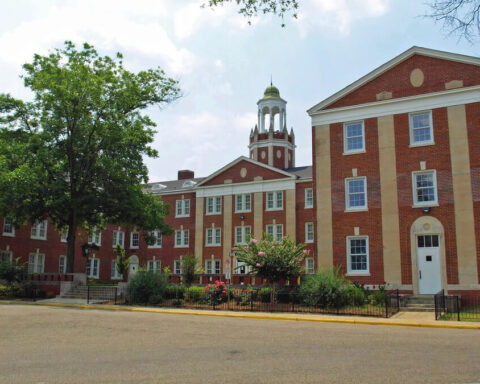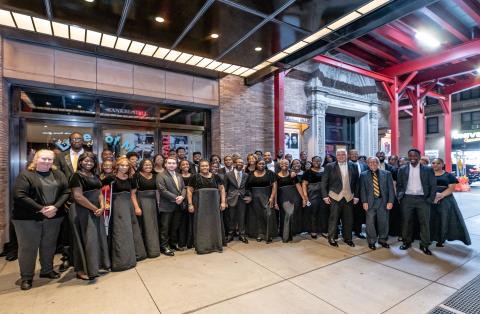By Hazel Scott
A collaboration between researchers at Alabama State University’s Department of Biological Sciences and Auburn University’s School of Pharmacy has yielded a grant totaling $1,459,000 for the next five years to pursue research and training in aging. ASU’s share of the grant is $980,000 while AU will receive $475,000.
The new grant, titled “Promote Diversity in Aging Research,” was awarded by the National Institute of Aging at the National Institutes of Health.
ASU’s Dr. Manoj Mishra, professor of biology, founding director of the University’s Cancer Biology Research and Training and the Freshmen Biology Program, will serve as the principal investigator of this multi-year project. Other ASU researchers are Dr. Ram Alagan, professor of geography and interim director of the WEB Du Bois Honors program, who serves as co-investigator; and Dr. Seela Aladuwaka, geography professor, who serves as senior personnel on this grant. Auburn researcher Dr. Vishnu D. Suppiramaniam, DVM joins the team as one of the investigators.
“This grant will help ASU shine in the area of aging research. It will provide opportunities for students in underserved communities to develop an interest in the biomedical field,” Mishra said. “It will bring ASU on the roadmap of aging and geospatial technology research in public health policy education.”
Each year, 10 meritorious students from diverse groups will be exposed to well-versed aging-related educational and research preparation at Alabama State University during the regular academic year and gain summer research internships at Auburn University.
“The proposed program is designed to break social and inter-institutional barriers by providing rigorous training opportunities to increase diversity in the aging-related workforce,” he added. “This opportunity will enable students to interact with faculty, staff, graduate students, and postdoctoral fellows and enrich their education, preparing them for graduate school.”
Mishra emphasized that the lack of diversity in the biomedical and behavioral research workforce is partly due to a failure of support infrastructure at various levels, including inter-institutional collaboration in training students.
“Through collaborative efforts, this grant will further enhance inter-college, inter-university, and community collaborations among faculty and students. Students will receive hands-on experiences with their training from experts in the field and peers through an inter-college collaboration approach.” Mishra said.





